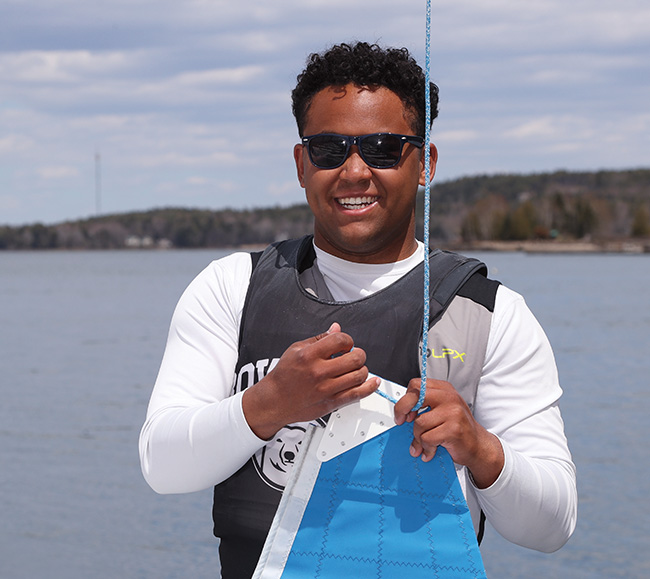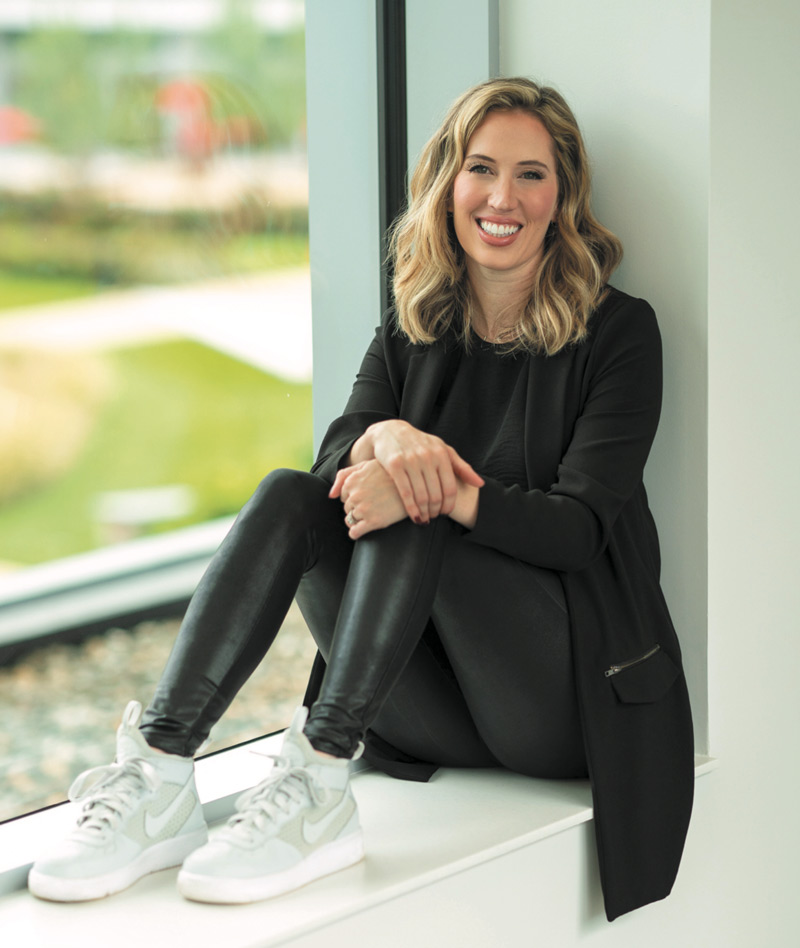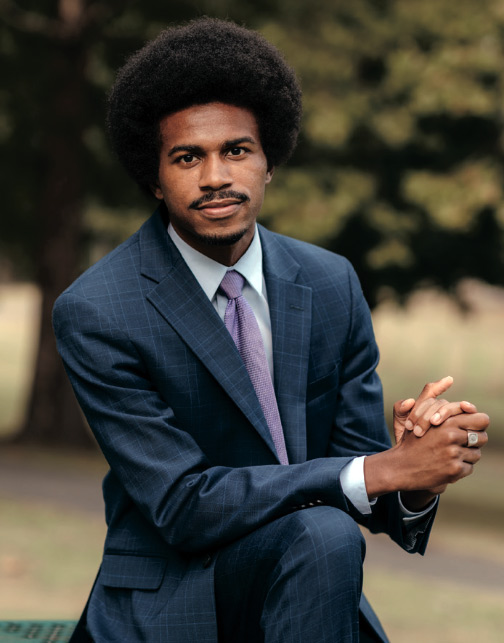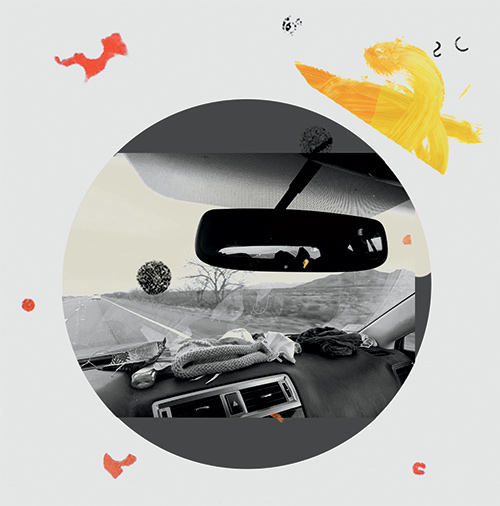Turning the Page
By Bowdoin MagazineJen Malia ’99 started a new chapter after being diagnosed with autism spectrum disorder on the same day as her two-year-old daughter.
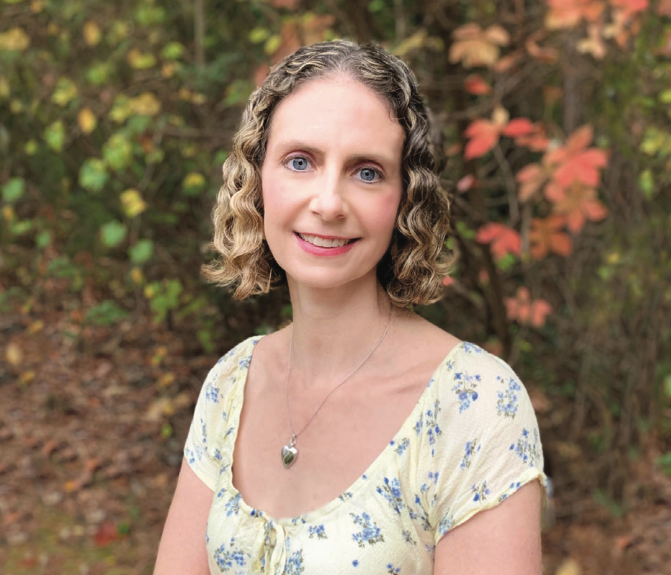
What draws you to writing and teaching? What’s exciting about it? What’s fulfilling?
Stories come to me like videos in my imagination. I write the script for the movie I see playing in my head. I also have vivid video memories of events from throughout my life that inspire my nonfiction. These visualizations have helped me write everything from personal essays for The New York Times to my children’s chapter book series, The Infinity Rainbow Club.
I love teaching creative writing and literature. You can’t be a good writer if you aren’t a good reader. The part I love the most about being an English professor is teaching students how to analyze the craft of books and to apply what they’ve learned to their own writing.
How did your career unfold?
After I graduated from Bowdoin with a BA in English, I went to graduate school at the University of Southern California, where I earned an MA in English, MS in teaching English to speakers of other languages, and a PhD in English. I then moved to the United Arab Emirates for my first academic position as assistant professor of writing at the American University of Sharjah. I repatriated four years later and joined Norfolk State University, where I’ve taught for the past ten years. I’m now professor of English and creative writing coordinator there.
What led to your discovery of your own autism and an understanding of neurodivergence?
Doctors noticed that my younger daughter had a language delay, but I suspected it was much more than that. After doing hundreds of hours of medical research to figure out what was causing the screaming, crying, and kicking fits—more terrifying for her than for me, I believe—I realized that not only was she autistic, but I was too. I was diagnosed with autism spectrum disorder (ASD) at thirty-nine on the same day as my younger daughter, who was then two years old. My son was diagnosed with ASD a year later when he turned two, and my older daughter at seven, along with attention-deficit/hyperactivity disorder (ADHD) and obsessive-compulsive disorder (OCD). When my younger daughter had trouble with reading and writing in school, I sought out two more neurodivergent diagnoses for her—dyslexia and dysgraphia.
How does your training as an English major impact your life and your work?
Books have always been a big part of my life. As an undiagnosed autistic girl, I read a lot of books, and writing was—and still is—my preferred form of communication. I was selectively mute as a child, though I only fully understand what that means now. I was comfortable talking to only family and close friends. I was terrified of public speaking growing up, and even at Bowdoin, I wasn’t comfortable talking in most of my classes except small seminars.
One of my favorite professors at Bowdoin was Ann Louise Kibbie. I took her American Gothic seminar as a first-year student, and she ended up being my advisor for my honors thesis on Gothic literature too. My dissertation at USC focused on Gothic terror and terrorism in literature. My current book project—a middle-grade horror novel for kids—was inspired by some of the Gothic literature I first read at Bowdoin.
Tell me about your experience as an athlete.
Nothing was more exciting for me than racing the 4 x 400-meter relay on the outdoor track or a 5K on the Pickard Field cross-country course. Training was always an adventure with Coach Slovenski, who would take us to run intervals up a mountain or on a trail run through snow and mud in the Maine wilderness. I thought of myself as the leader of the slow pack on the cross-country team. I was more competitive in track and was mostly running cross country to improve my endurance and be part of a team, but I remember the time I had to step in and run in a championship race. That was one of my favorite races, not because I was the fastest, or even anywhere near the front of the pack, but because I ran a 5K faster than I ever have in my life and all the men and women on the cross-country team were cheering me on at the finish line.
What brought you to Bowdoin? What was your experience at the College like?
When I was in high school, I decided I would go to a college in New England. I was set on this even though I had grown up in Pittsburgh and had never set foot in New England. I liked the idea of hiking beautiful landscapes, learning about the spooky history, and taking small seminar classes. My parents took me on a quick tour of New England colleges—Bowdoin, Amherst, Williams, Dartmouth, and Bates. I have a video memory of the first hours I spent at Bowdoin. I took a tour of the College carrying an umbrella through pouring down rain that bounced off the colorful leaves on the Quad. I knew the minute I stepped through those puddles on campus that I wanted to go there. I applied early decision to Bowdoin, and the rest is history.
What inspires you?
I’m an explorer who has a deep appreciation of nature. As a Bowdoin Outing Club leader, I led multiple trips to Katahdin, the beginning or the end of the Appalachian Trail, depending on how you look at it. Climbing across the Knife’s Edge Trail that gets as narrow as four feet across with 2,000-foot drop-offs on both sides, with a spectacular view of the Maine wilderness, made Katahdin one of the most thrilling and inspirational places I’ve ever been. My desire to explore has led me to travel to twenty countries around the world and amazing places across America. Some of the highlights include taking a hot air balloon safari in Kenya, hiking the rainforests in Costa Rica, exploring the ancient city of Petra in Jordan, scaling a waterfall in Jamaica, flying in a small plane that landed on a glacier in Denali National Park in Alaska, and climbing through an ancient lava tube in Hawaii.
Is there something about the work you do that others would find surprising?
My journey to discover my own and my kids’ neurodivergence led me to pivot in my career. I’m still a university professor, but I stopped publishing literary criticism and focused instead on writing to advocate for neurodivergent people like me and my kids. I started by telling my own story in personal essays and reported essays in women’s magazines like Woman’s Day and Glamour and newspapers like The New York Times and The Washington Post. My journalism led to an opportunity to write a children’s picture book, Too Sticky! Sensory Issues with Autism, and a children’s chapter books series, The Infinity Rainbow Club. I want to write the books I didn’t know I needed, but wish I had, growing up as an undiagnosed autistic girl and the books I want my neurodivergent kids and others like them to have now.
Is there something about you that others might find surprising?
I have a black belt in Taekwondo that I earned in graduate school at USC. I hold a Kukkiwon Dan certificate, an internationally recognized black belt certification. I competed on USC’s Taekwondo club team in tournaments throughout California. Studying the martial arts changed my life for the better. It taught me the grit needed for clean board breaks, the perseverance needed to compete in sparring matches, and the mindset to have complete confidence in myself. My taekwondo training inspired my third book in my chapter book series, Connor and the Taekwondo Tournament.
What do you enjoy doing in your spare time?
I still run now as much as—or even more—than I did at Bowdoin. I’ve done a lot of half marathons since I graduated from Bowdoin, but running a marathon has been on my bucket list since I was in high school. Shortly after I discovered I was autistic, I also learned that I had undiagnosed Ehlers Danlos Syndrome, a genetic connective tissue disorder, which has led to many injuries throughout my life.
Favorite Bowdoin memory? Or best thing you learned at Bowdoin?
Because I love Gothic novels, one of my favorite Bowdoin memories was in my first-year American Gothic seminar in creaky Massachusetts Hall. I was seated at the seminar table with a clear view of Nathaniel Hawthorne’s portrait staring down at me from the wall. I wondered if his ghost was listening to our conversation about The House of Seven Gables. Best—and most haunted—class ever!
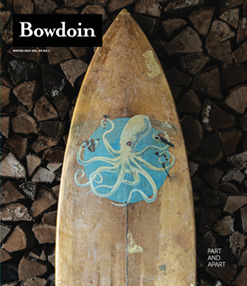
This story first appeared in the Winter 2024 issue of Bowdoin Magazine. Manage your subscription and see other stories from the magazine on the Bowdoin Magazine website.
